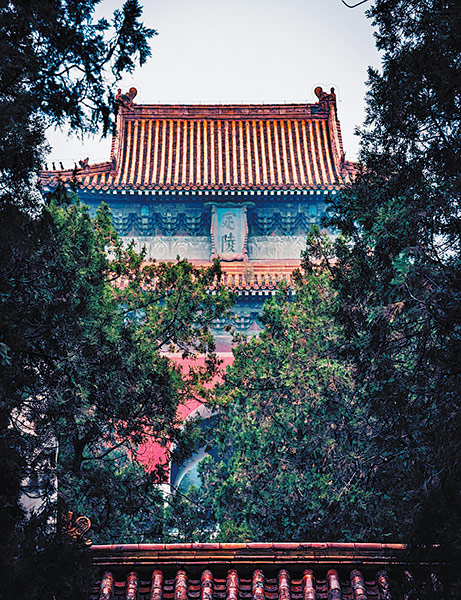

One of the major draws for me when choosing somewhere to visit is my love of history. Since the outbreak of COVID-19, my explorations have mostly been limited to Beijing and the surrounding area, which eventually led me to the Ming Tombs, situated to the northwest of the city. Despite being a lesser-known site when compared to some in Beijing, they have an important historical and archaeological significance in China.
The tombs, a part of the Imperial Tombs of the Ming (1368-1644) and Qing (1644-1911) Dynasties world heritage site, were conceived by the third Ming emperor. Based on the philosophy of feng shui, a location was chosen at the base of the mountains in order to be protected from evil spirits and winds coming from the north. The 12 subsequent Ming emperors built their tombs at the same site with large circular walls and square entrances to symbolize the concept that "heaven is round and the Earth is square". Of these 13 tombs, only three are currently open to the public, I chose Dingling, not only for the tomb, but also its turbulent history.
Dingling is the burial place of Emperor Wanli, the 13th emperor of the Ming Dynasty who ruled from 1573 to 1620. The buildings and structures at Dingling are as exquisite as any that Beijing has to offer, but unlike the immaculate restorations within the city, they are a little more rough around the edges. The reconstruction of Dingling isn't to the extent of places you might see inside the city, yet rather than detracting from the experience, the flaking paint and vegetation-covered stonework give it a very different atmosphere to other historical sites. This feeling, coupled with the secluded location of the tombs, throws you back in time. There are no skyscrapers breaking the horizon pulling you back to the present and no city noises to distract you from taking in everything it has to offer.